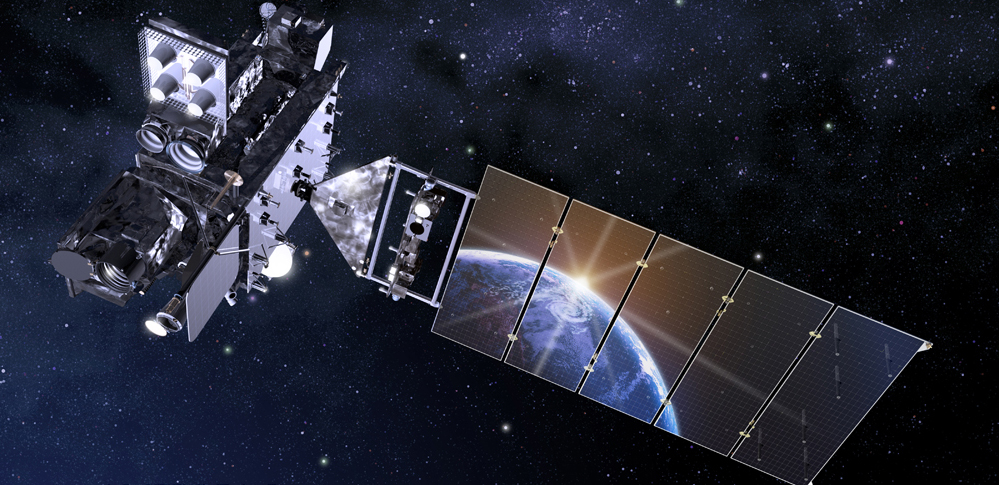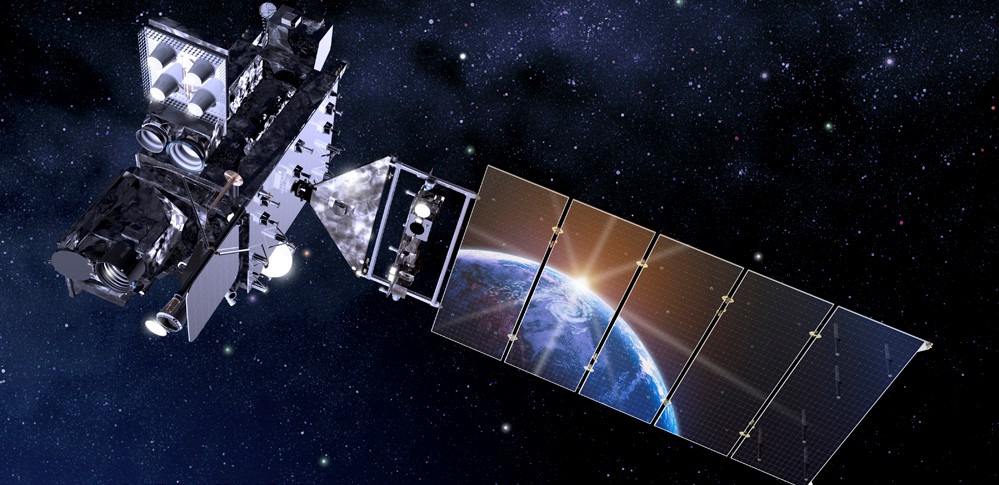
NASA and NOAA are now targeting launch of the Geostationary Operational Environmental Satellite T (GOES-T) mission March 1, 2022. NASA, NOAA, and United Launch Alliance (ULA) coordinated the new launch opportunity due to shifts with other missions scheduled ahead of GOES-T. The launch previously was scheduled for Feb. 16, 2022.
GOES-T, the third satellite in NOAA’s advanced GOES-R series, will be renamed GOES-18 once it reaches geostationary orbit. After it completes checkout of its instruments and systems, the new satellite will go into operation as GOES West and work in tandem with GOES-16, which operates in the GOES East position.
GOES-T, which arrived at NASA’s Kennedy Space Center in Florida Nov. 10, will launch on a ULA Atlas V 541 rocket from Space Launch Complex-41 at Cape Canaveral Space Force Station. The two-hour launch window will open at 4:38 p.m. EST. NASA’s Launch Services Program is managing the launch.
NOAA manages the GOES-R Series Program through an integrated NOAA-NASA office, administering the ground system contract, operating the satellites, and distributing their data to users worldwide. NASA’s Goddard Space Flight Center in Greenbelt, Maryland, oversees the acquisition of the GOES-R spacecraft and instruments. Lockheed Martin designs, creates, and tests the GOES-R series satellites. L3Harris Technologies provides the main instrument payload, the Advanced Baseline Imager, along with the ground system, which includes the antenna system for data reception.
Looking forward, NOAA is working with NASA on the next-generation geostationary satellite mission called GeoXO, which will bring new capabilities in support of U.S. weather, ocean, and climate operations in the 2030s. NASA will manage the development of the GeoXO satellites and launch them for NOAA.


